Navigating temperature and timing challenges in garden mum production
From premature budding to delayed flowering, find out how temperature extremes can impact fall garden chrysanthemum production and what growers can do to produce high-quality crops on schedule.
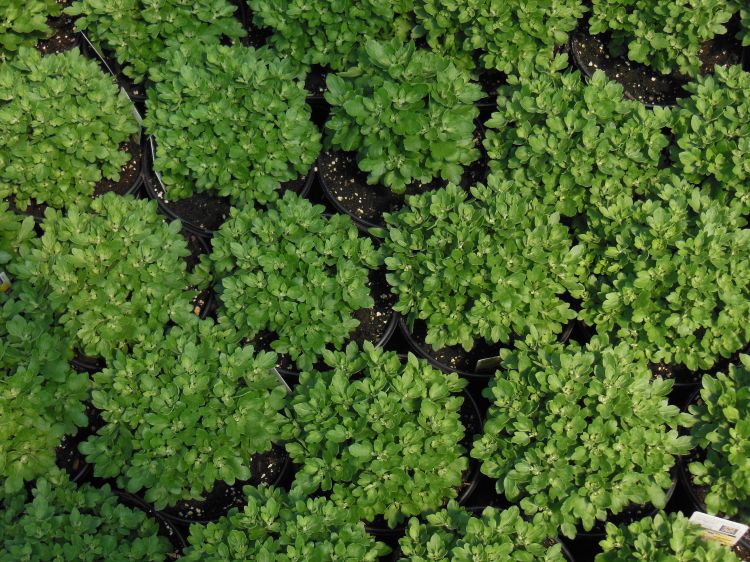
As Michigan growers are in the full swing of fall garden chrysanthemum (mum) production, understanding the complex relationship between temperature, photoperiod and environmental stressors is essential for producing high-quality, market-ready plants. As summer brings high temperatures across Michigan and throughout most of the U.S., mum growers face challenges in maintaining plant quality and meeting market timelines (Photo 2). Research from Michigan State University Extension highlights how low or high temperatures, especially during the night, can significantly impact mum growth, development and marketability. Understanding these effects and implementing adaptive strategies can help growers stay on track for fall sales.
Temperature and photoperiod: A delicate balance
Garden mums are short-day plants, meaning they naturally initiate flowering in late July as day lengths begin to shorten. However, temperature plays an equally critical role, especially during the first two weeks of short days, when flower bud initiation is most sensitive. Cool nights (less than about 60 degrees Fahrenheit depending on the variety) can trigger premature budding, leading to “crown buds” that flower prematurely, resulting in flowers buried in the canopy and plants that may not meet market standards for height and uniformity (Photos 3 and 4).
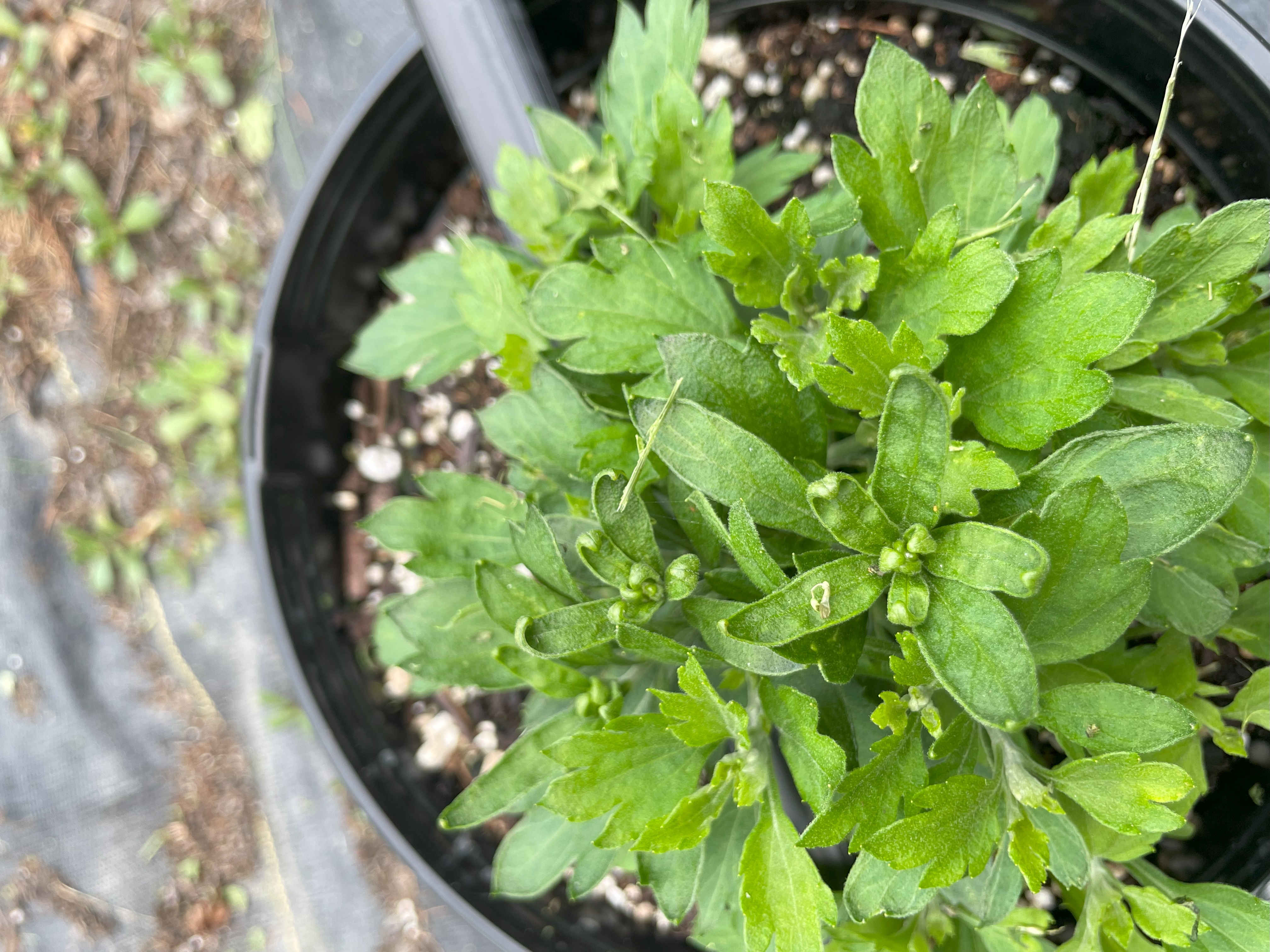
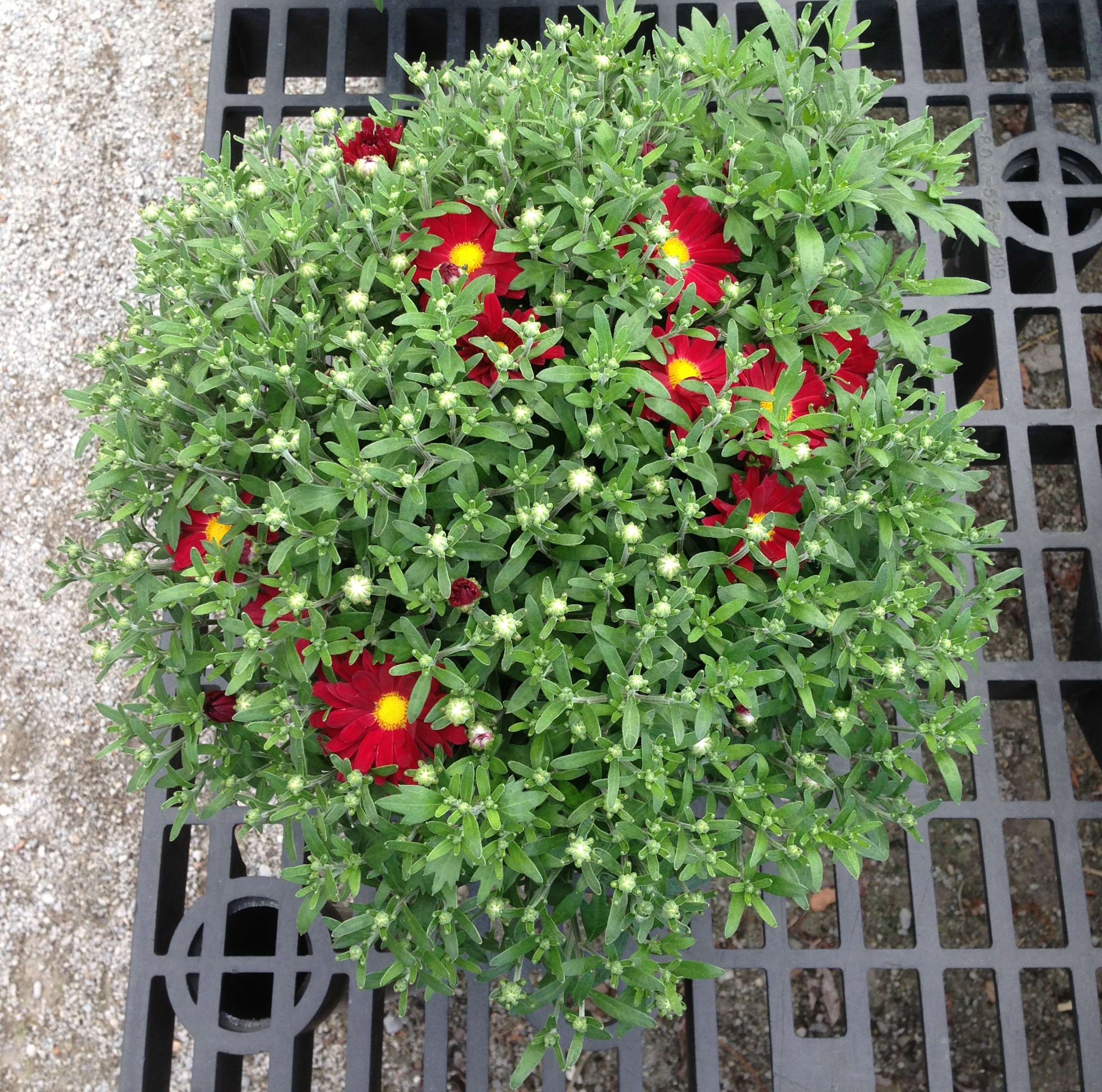
Heat stress and its impact on mums
Conversely, high temperatures above 85 F can cause “heat delay,” pushing flowering back by one to three weeks. Uneven flowering, bud deformation and crown buds as well as poor branching, reduced growth and flower color reversion are also linked to high temperatures during flower initiation and development. These effects are most pronounced during the first two weeks of short days, a critical period for bud initiation. This delay can disrupt planned shipping schedules and reduce the plants' appeal at retail.
Temperatures between 65-70 F are recommended for the most rapid flower production, although warmer days (but not warmer nights) are usually fine. However, lower temperatures late in production, once flower initiation is complete, can increase flower number and flower size, while having little effect on crop development time. You can read more about the impacts that temperature has on garden mums in this article, “Temperature on Chrysanthemum.”
Strategies to alleviate crown budding
For growers who encounter several consecutive cool nights, steps can be taken to lessen the impact of crown bud formation (Photo 3):
- Immediately pinch off crown buds, when possible.
- Supply adequate nutrition. Remember chrysanthemums are heavy feeders that respond well to fertilizer adjustments. To lessen the impact of crown buds, use a high ammoniacal fertilizer, such as 20-10-20, at up to 300 parts per million (ppm) to promote vegetative growth. Be sure to switch back to a more nitrate-based feed once the desired growth response has been achieved.
- Plan on applying ethephon (Florel, Collate) early in production. A spray application at a rate of 300-500 ppm is recommended. Spray water pH must be adjusted to 5.0 or lower before adding the ethephon. Michigan State University research has found that applications made when the air temperature is below 70 F improve product efficacy. Follow label directions and avoid applications after mid-July as this could delay flowering too much. More information on ethephon applications is in the article “Using the PGRs Collate and Florel.”
Mitigating heat effects
To counteract the negative effects of high temperatures, several cultural and environmental control strategies can be utilized.
- Adjust photoperiod for early-season varieties. The shorter the day length, 10-12 hours of light (12-14 hours of darkness), the less chance there is of heat delay. Early season varieties are typically the most impacted.
- Pull black cloth in the early morning (at least 30 minutes before sunrise) rather than late in the day. Pulling black cloth late in the day can trap hot air under and cause excessively warm nights, which can lead to heat delay.
- Optimize irrigation. Ensure consistent moisture without overwatering. Water stress will further suppress growth.
- Monitor Fertility: High temperatures can alter nutrient uptake especially if you’re relying on controlled-release fertilizers. Regularly test the substrate electrical conductivity and adjust fertilizer programs to maintain proper nutrition.
Increase height in compact plants
Whether you’ve experienced consistent cool nights or unusually hot temperatures, either of these temperature extremes can lead to overly compact growth, especially in naturally short cultivars (Photo 5).
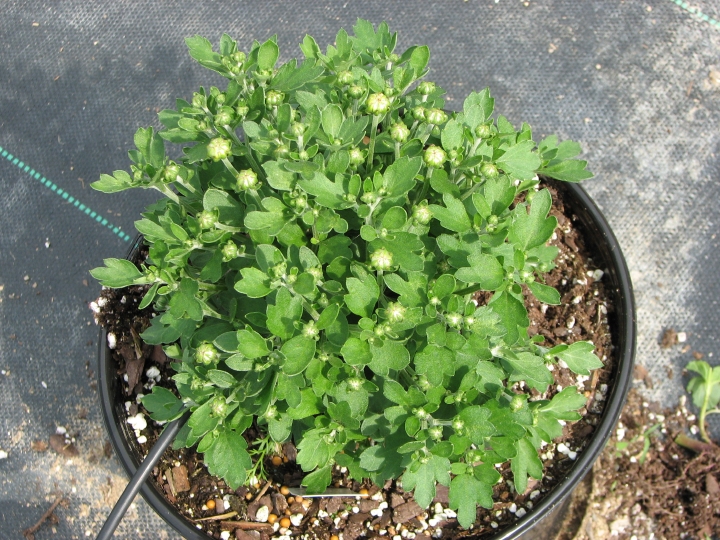
- Use a plant growth regulator that contains gibberellic acid. Two commonly used products for floriculture crops are Fascination and Fresco. Both spray and drench applications can increase stem extension, but drench applications are more costly. For more information on application tips, see this article on “Increasing Chrysanthemum Height.”
- Avoid applications when plants are stressed. Adequate moisture is required for plant growth regulator applications to be most effective and to avoid any phytotoxic effects.
- Avoid tight crop spacing. Although tighter spacing can promote vertical growth by reducing lateral light exposure, the plant’s shade-avoidance response can cause uneven growth and poor plant quality (Photo 6).
Recommended crop spacing:
- 6-inch containers: Space 12 inches by 12 inches after three weeks
- 8-inch containers: Space 15 inches by 15 inches after four weeks
- 10–14-inch containers: Space 18 inches by 18 inches after five weeks
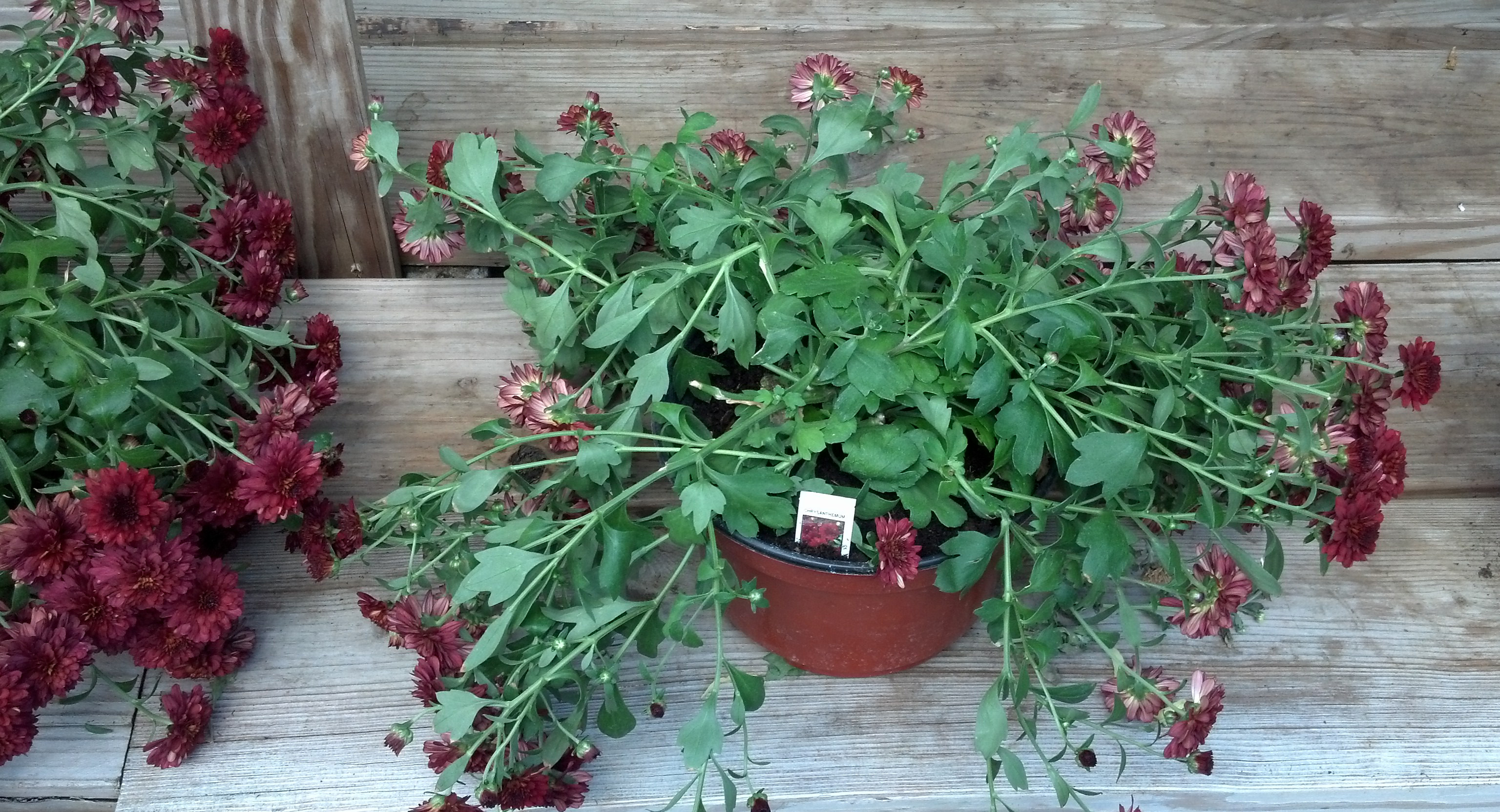
With increasing climate variability, understanding how temperature and photoperiod interact is more important than ever. By adjusting management practices to prepare for cool nights or periods of extreme heat, growers can ensure a successful mum season.



 Print
Print Email
Email


